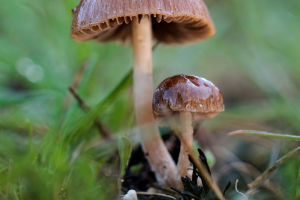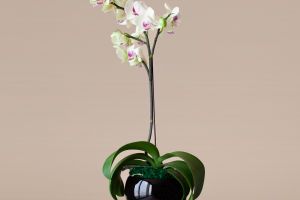Best Indoor Plants for Home
Indoor plants are more than just decorative; they can significantly enhance your home's ambiance and even improve air quality. With a little care, you can transform your living space into a lush, green oasis.
Let's explore some suitable green plants for your home and discover why they're beneficial.
The Benefits of Indoor Plants
Beyond their aesthetic appeal, indoor plants offer numerous advantages. They can help purify the air by removing toxins, increase humidity, reduce stress, and even boost productivity. Studies have shown that spending time surrounded by greenery can improve mood and overall well-being.
Choosing the Right Plant
Selecting the perfect plant for your home depends on several factors, including light conditions, available space, and your care level. Consider the following tips:
• Light: Determine the amount of natural light your space receives. Some plants thrive in bright light, while others prefer low-light conditions.
• Space: Measure the area where you plan to place the plant. Choose a size that complements the space without overcrowding.
• Care level: Consider your lifestyle and time commitments. Low-maintenance plants are ideal for busy individuals.
Top 3 Easy-to-Care-For Indoor Plants
1. Snake Plant (Dracaena trifasciata):
• Known for its air-purifying qualities, the snake plant is incredibly low-maintenance. It thrives in low-light conditions and requires minimal watering. Its sleek, upright leaves add a touch of elegance to any space.
• Price range: $15-$50
2. Pothos (Epipremnum aureum):
• A versatile plant with trailing vines, the pothos is perfect for hanging baskets or climbing up shelves. It tolerates low light and infrequent watering, making it an ideal choice for beginners.
• Price range: $10-$30
3. Spider Plant (Chlorophytum comosum):
• This adaptable plant is known for its air-purifying abilities and its ability to produce baby spiderettes. It thrives in a variety of light conditions and is relatively easy to care for.
• Price range: $12-$40
Tips for Plant Care
• Watering: One typical error is overwatering. A little dryness of the soil is okay in between waterings.
• Light: Find out what kind of light your particular plants need, then arrange them appropriately.
• Fertilizing: During the growth season, give your plants a balanced liquid fertilizer.
• Repotting: To encourage healthy development, repot your plants when they become rootbound.
• Diseases and Pests: Be on the lookout for pests such as mealybugs and aphids. Infestations should be treated right away.
By incorporating indoor plants into your home, you can create a healthier, more vibrant living space. With a little care and attention, you'll enjoy the many benefits these green companions have to offer.


